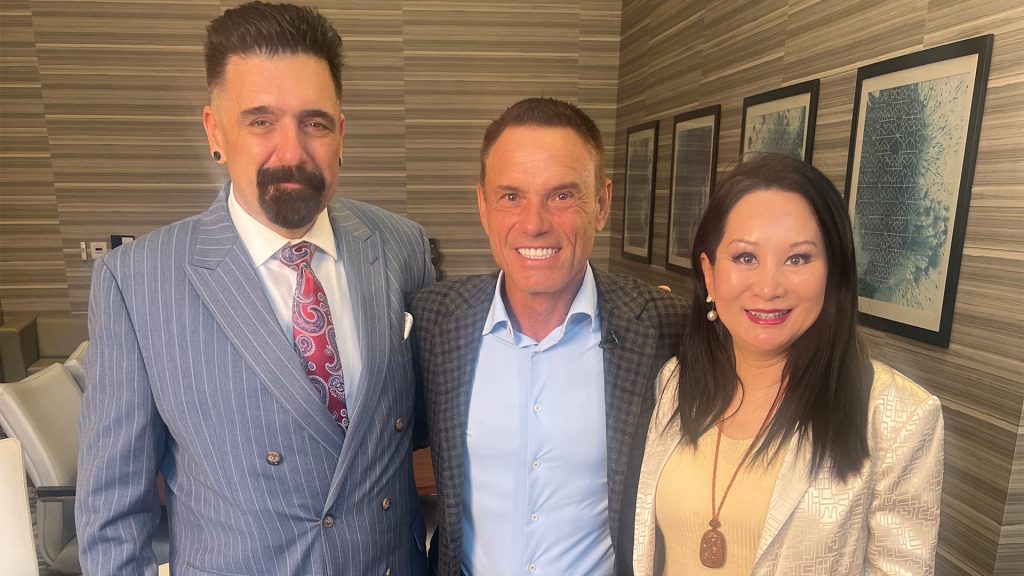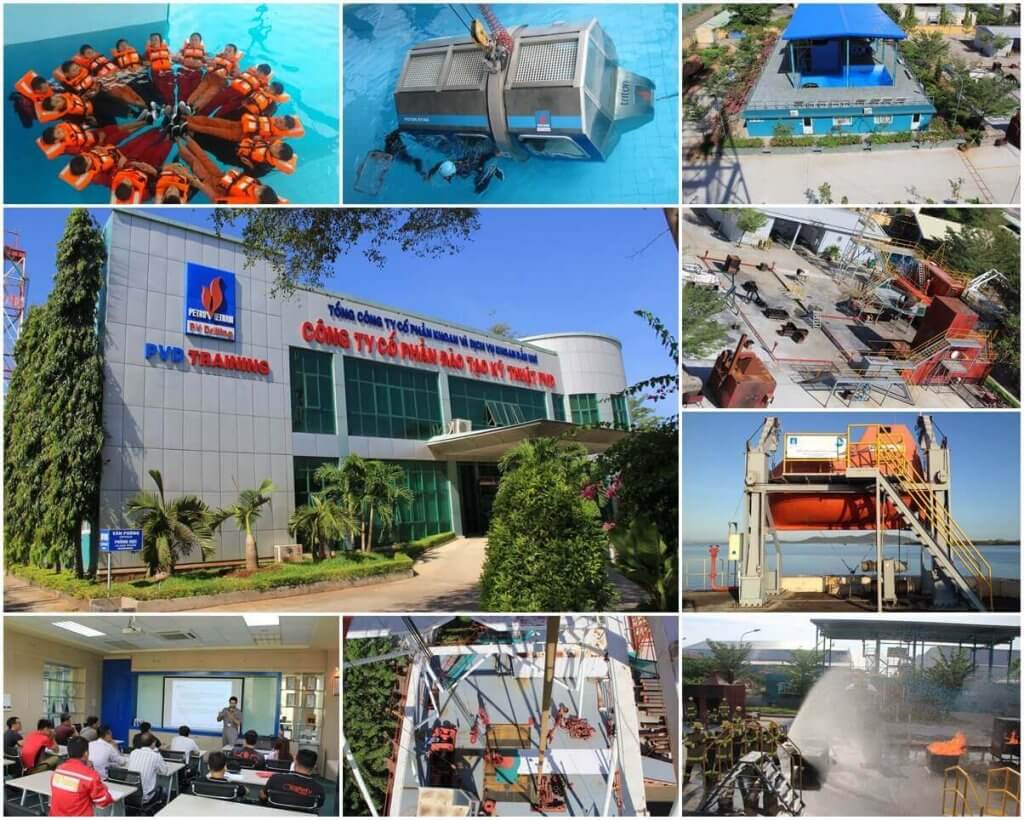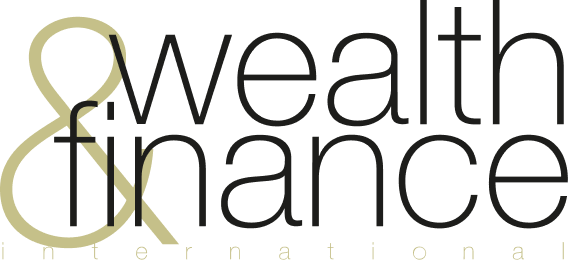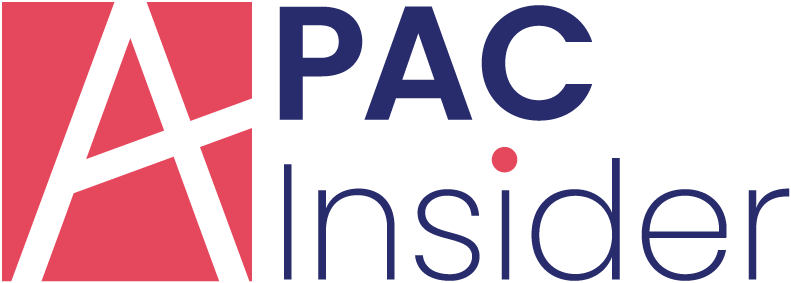Alternative Assets No Longer Considered Alternative
Total assets managed by the Top 100 alternative investment managers globally reached $3.5 trillion in 2014 ($3.3 trillion in 2013), according to research produced by Towers Watson.
The Global Alternatives Survey, which covers nine asset classes and seven investor types, shows that of the Top 100 alternative investment managers, real estate managers have the largest share of assets (33% and over $1 trillion), followed by hedge funds (23% and $791bn), private equity fund managers (22% and $767bn), private equity funds of funds (PEFoFs) (10% and $342bn), funds of hedge funds (FoHFs) (5% and $214bn), infrastructure (4%) and illiquid credit (3%).
The research also lists the top-ranked managers, by assets under management (AuM), in each area. Data from the broader survey (all 623 entries) shows that total global alternative AuM is now $6.3 trillion ($5.7 trillion in 2013) and is split between the asset classes in broadly similar proportions to the Top 100 alternative investment managers, with the exception of real estate, which falls to 23%, and hedge funds which increases to 27% of the total.
Luba Nikulina, global head of investment manager research at Towers Watson, said: “Institutional investors continue to plough billions of dollars annually into investment opportunities other than bonds and equities, which are now increasingly seen as ‘bread and butter’ assets, rather than alternative assets. At the same time, lines are blurring between individual ‘asset classes’ within this group, as investors focus more on underlying return drivers rather than ‘asset classes’. While we believe that many asset managers in this area will continue to attract capital, those that acknowledge this increasing sophistication of institutional buyers’ approach, and change accordingly, will truly flourish.”
The research – which includes data on a diverse range of institutional investor types – shows that pension fund assets represent a third (33%) of the Top 100 alternative managers’ assets, followed by wealth managers (19%), insurance companies (8%), sovereign wealth funds (5%), banks (4%), funds of funds (3%) and endowments & foundations (2%).
Luba Nikulina said: “The alternative asset management industry houses some of the most highly skilled investment teams around which, if combined with properly aligned interests and fair fees, provide a compelling proposition. However, investors across the board – from insurers to sovereign wealth funds – should first check they have sufficient governance levels that would enable them to identify genuine and sustainable skill, particularly for very complex alternatives. This would ensure they make the most of the increasing market volatility and associated alpha opportunities, particularly given the current lack of clear beta opportunities.”
The research shows that for the Top 100 managers, North America continues to be the largest destination for alternative capital (47%), with infrastructure and illiquid credit as the exceptions where more capital is invested in Europe. Overall, 36% of alternative assets are invested in Europe and 9% in Asia Pacific, with 8% being invested in the rest of the world.
In the ranking of Top 100 asset managers by pension fund assets, these increased again from the year before to reach over $1.4 trillion. Real estate managers continue to have the largest share of pension fund assets with 36%, followed by PEFoFs (20%), private equity (15%), hedge funds (12%), infrastructure (8%), FoHFs (6%), illiquid credit (4% vs. 2% in 2013) and commodities (1%).
Luba Nikulina said: “At the same time as the lines are blurring between ‘asset classes’, there is an increasing profusion of choice for investors – but they need to be aware that not all alternatives are created equal. Some alternatives are very complex and require high governance, such as hedge funds and private equity, while others can be more straightforward, such as real estate and illiquid credit. There is also a growing trend of investors differentiating between alternatives, such as seeking diversity through real estate, infrastructure and some diversifying hedge fund strategies, or seeking pure alpha via other hedge fund strategies and sometimes private equity. This more granular return-driver perspective is fast becoming investors’ main focus when building their asset allocations instead of using the traditional ‘asset class’ approach.”
The survey shows that at the end of 2014, the top 25 alternative asset managers of wealth management assets managed $454bn (up 7%), followed by the top 25 managers of insurance company assets ($288bn – up 5%); the top 25 managers of sovereign wealth fund assets ($155bn – roughly the same); the top 25 managers of bank assets ($140bn – up 12%); the top 25 managers of fund of funds assets ($122bn – up 23%); and the top 25 managers of endowment and foundation assets ($81bn – down 3%).
Luba Nikulina said: “The number of managers active in the alternatives area has more than tripled in the past five years and we expect it to continue to grow as investors continue to diversify and seek alpha away from traditional sources, such as long-only equity. This has fostered a highly competitive market and produced many innovative approaches to solving some of the challenges of an enduring low-return environment and, in the case of pension funds, stubbornly high deficits. However, parts of this industry are criticised for not adding value after fees and not serving the end savers’ best interests. If persistent, this would challenge sustainability of the industry and invite increased regulation, but in the meantime it is up to the industry to address these concerns and together ensure we change investment for the better.”
According to the research, Macquarie Group is the largest infrastructure manager with over $92bn and tops the overall rankings, while Bridgewater Associates is the largest hedge fund manager with almost $90bn. In the ranking CBRE Global Investors ($82bn) is the largest real estate manager and TPG Capital is the largest private equity manager with $67bn. Blackstone is the largest FoHF manager with over $63bn and Carlyle Investment Solutions is the largest PEFoF manager with over $46bn. M&G Investments is the largest illiquid credit manager with over $33bn, PIMCO is the largest commodities manager with nearly $19bn, and the largest manager of real assets is TIAA-CREF with over $7bn.




















